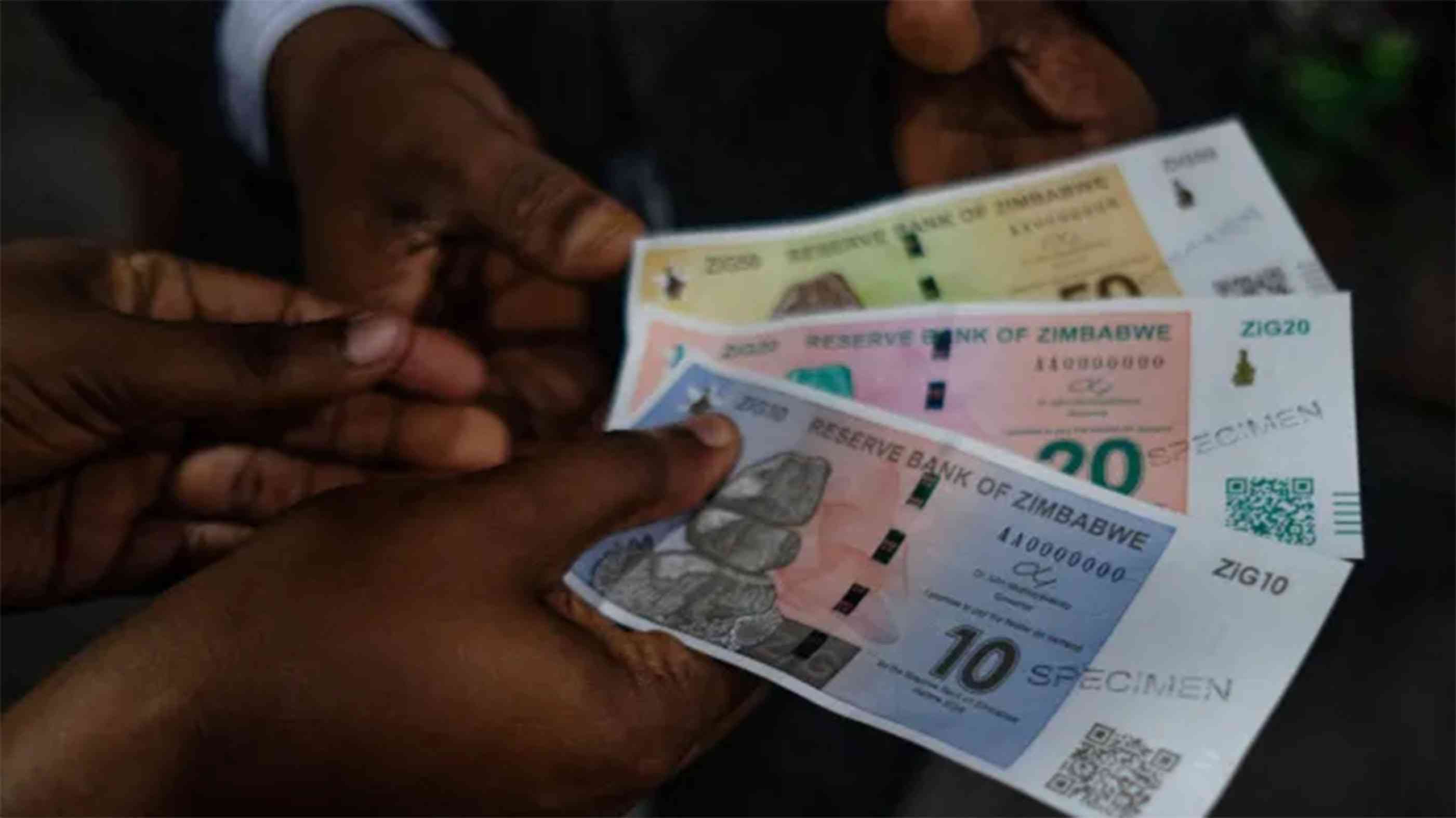
THE Reserve Bank of Zimbabwe (RBZ) on Friday announced the much-awaited Monetary Policy Statement (MPS), and introduced a new currency, the Zimbabwe Gold (ZiG). The MPS also slashed borrowing costs from 130% to 20% per annum, assuming a market-driven initial exchange rate.
Using the exchange rate computation model given by the RBZ, the ZiG stood at 15,08 per USD as at December 31, and this, therefore, reflects an appreciation of 11% against the USD.
However, the RBZ has stipulated that the prospective ex-rate will factor performance of the ZiG independently from other reserve assets, as well as performance of the independent assets under the reserve basket. The initial exchange rate of US$1:ZiG13.57 means that Zimbabwe’s local currency is presently stronger than all the currencies in its neighbouring countries. Of great importance is the South African rand, which presently trades at US$1:R19.
South Africa is Zimbabwe’s biggest trading partner, with more imports coming from South Africa than any other country.
During the dollarisation era when Zimbabwe used a currency stronger than the rand, South African products flooded the shelves of Zimbabwean businesses. This was because a stronger currency means cheaper imports and expensive exports. This also means a negative Balance of Payment as imports increase against exports due to the pricing discrepancy highlighted above.
During the ZWL era, imports from South Africa remained significantly high, despite being lower than the dollarisation era. This was due to a lack of industry in Zimbabwe, which left the country relying on imports. The lack of industry alluded means either a total lack of a certain product, or a lack of competition for a certain low quality local product. With the introduction of a currency stronger than the rand, imports from South Africa and other neighbouring countries are likely to chase dollarisation era.
The impact of this development has increased pressure on foreign currency to import. The central bank said half of the 25% foreign currency receipts liquidated from exporters will be used to fund the interbank market. However, it is important to note that the exports are substantially falling in 2024.
Zimbabwe depends on minerals for 80% of its total export receipts. In 2023, exports fell by 7% due to a slow-recession in global mineral prices. However, the pace has since accelerated in 2024, which means an even worse-off decline in exports this year. This entails less foreign currency to be availed on the interbank compared to previous year. Looking at how the central bank failed to manage foreign currency pressures in prior year, despite a better foreign currency balance, more disaster can be expected in 2024.
- Lupane man survives axe attack
- Women’s hockey team in impressive start
- Scrap IMTT to save industry, govt urged
- AfDB cuts Zim’s growth projections to 3.5%
Keep Reading
With people realising the low cost of importing goods from neighbouring countries in the short to medium-term, the RBZ is likely to be overwhelmed by foreign currency demand on the interbank market. This will enable more viability of the parallel market. The increased demand for foreign currency will also lead to a market-determined exchange rate, which will be different from the “fixed” interbank exchange rate.
The interbank exchange rate is “fixed” in the sense that it is determined by more stable reserves, despite a highly volatile economy that Zimbabwe is. The emergence of a parallel exchange rate, driven by demand and supply matrices, is highly inevitable. Furthermore, since the emergence of this parallel rate can be linked to trading of imported goods, this means ZiG-related inflation will sky-rocket in the short to medium-term as traders hedge against the increased rate on the parallel market from which they can easily access the readily available foreign currency to fund imports.
As parallel currency market activities rise, the RBZ will be forced to further liberalise computation of the official exchange rate, factoring in inflation levels as highlighted in the MPS.
Lest, arbitrage opportunities are likely to emerge in the medium-term, which will lead to yet more monetary policy measures in less time. In other words, the history of frequent and inconsistent policy changes will not go away in the medium-term.
- Duma is a financial analyst and accountant at Equity Axis, a leading media and financial research firm in Zimbabwe. — twdumah@gmail.com or tinashed@equityaxis.com, Twitter: TWDuma_






